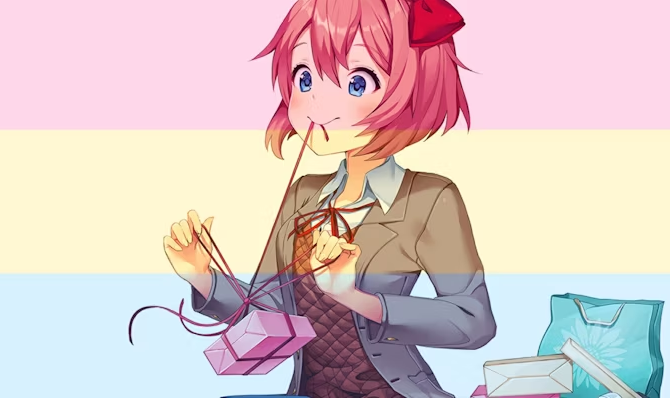Exploring the World of Headcanons: Crafting Personal Stories in Fandoms
In the expansive realms of fandoms, where stories and characters transcend the boundaries of their original media, fans often find themselves delving deeper into the narratives they love. One of the most creative and personal ways they do this is through headcanons. But what exactly is a headcanon, and why has it become such a vital part of fan culture?

What is a Headcanon?
A headcanon is an idea, belief, or interpretation about a fictional universe or character that a fan holds to be true, even if its not explicitly confirmed by the original source material. Unlike fanfiction, which is typically written out and shared as a complete narrative, a headcanon often exists as a smaller, more focused concept. It might be a backstory for a character, an explanation for an unexplored plot point, or even a personal interpretation of a character&aposs motivations or relationships.
For example, in the Harry Potter fandom, a popular headcanon is that Hermione Granger is secretly a descendant of Merlin, explaining her extraordinary magical abilities. This idea, while not confirmed in the books or movies, adds a layer of depth and intrigue for fans who enjoy exploring the possibilities beyond the canon.
The Appeal of Headcanons
Headcanons offer fans a unique way to connect with their favorite stories on a personal level. They allow fans to fill in the gaps left by the original creators, answering questions like, “What does this character do in their free time?” or “How did these two characters become friends?” These ideas often arise from a desire to explore aspects of the story that were either not covered or were only hinted at in the source material.
One of the most compelling aspects of headcanons is their flexibility. There is no need for validation from the original creators, and fans are free to adapt and evolve their headcanons as they see fit. This freedom fosters creativity and encourages fans to think critically about the stories they love.
Headcanons in the Age of Social Media
With the rise of social media platforms like Tumblr, Twitter, and Reddit, headcanons have found a thriving community. Fans from around the world can easily share their ideas, discuss them with others, and even collaborate to build more complex theories. This has led to the development of collective headcanons, where large groups of fans agree on certain interpretations, sometimes to the point where these ideas become widely accepted within the fandom.
For instance, in the Marvel Cinematic Universe (MCU) fandom, the idea that Bucky Barnes enjoys cooking as a form of therapy is a popular headcanon. This concept has been shared and expanded upon by so many fans that it is almost seen as an unofficial trait of the character, despite it never being explicitly mentioned in the films.
The Impact of Headcanons on Fandom Culture
Headcanons play a crucial role in how fans engage with their favorite stories. They offer a way to personalize and deepen ones connection to a fictional world, making the experience of being a fan even more immersive and rewarding. For some, headcanons can also be a means of exploring their own identities, projecting their thoughts, experiences, and desires onto beloved characters.
In conclusion, headcanons are more than just idle musings—they are a vital part of the creative energy that drives fandom culture. They invite fans to think beyond the pages or screens, crafting their own narratives and interpretations that enrich their experience of the story. Whether shared or kept private, headcanons allow fans to take ownership of the stories they love, adding layers of meaning and personal significance that keep these tales alive long after the credits roll or the final page is turned.